What Is Infrared Surveillance Camera ?
An infrared surveillance camera is a type of security camera that uses infrared technology to capture images in low-light or no-light conditions. These cameras have built-in infrared LEDs that emit light in the infrared spectrum, which is invisible to the human eye but can be detected by the camera's sensor. This allows the camera to capture clear images even in complete darkness. Infrared surveillance cameras are commonly used in outdoor and indoor security systems, as well as in applications such as wildlife monitoring and night vision. They are available in a range of styles and configurations, including dome, bullet, and PTZ (pan-tilt-zoom) cameras, and can be wired or wireless. Some infrared cameras also have additional features such as motion detection, remote viewing, and two-way audio.
1、 Infrared technology
What is an infrared surveillance camera? An infrared surveillance camera is a type of security camera that uses infrared technology to capture images in low-light or no-light conditions. Infrared technology works by emitting infrared light, which is invisible to the human eye, and then capturing the reflected light to create an image. This allows the camera to see in complete darkness or low-light conditions, making it an ideal choice for outdoor surveillance or areas with poor lighting.
Infrared surveillance cameras are commonly used in a variety of settings, including homes, businesses, and public spaces. They are often used in conjunction with other security measures, such as alarms and access control systems, to provide a comprehensive security solution.
The latest advancements in infrared surveillance camera technology have led to the development of cameras with higher resolution and better image quality. Some cameras now feature advanced analytics capabilities, such as facial recognition and object tracking, which can help to improve the accuracy and effectiveness of surveillance systems.
Overall, infrared surveillance cameras are an important tool for enhancing security and providing peace of mind in a variety of settings. With the latest advancements in technology, these cameras are becoming more powerful and effective than ever before.

2、 Surveillance systems
What is infrared surveillance camera?
An infrared surveillance camera is a type of security camera that uses infrared technology to capture images in low-light or no-light conditions. These cameras are equipped with infrared LEDs that emit light in the infrared spectrum, which is invisible to the human eye but can be detected by the camera's sensor. This allows the camera to capture clear images even in complete darkness.
Infrared surveillance cameras are commonly used in outdoor security systems, as they can provide 24/7 surveillance in any weather conditions. They are also used in indoor settings where lighting is limited, such as warehouses or parking garages.
The latest advancements in infrared surveillance cameras include the use of artificial intelligence (AI) and machine learning algorithms. These technologies allow the camera to detect and track objects in real-time, and can even differentiate between humans and animals. This makes the camera more efficient and accurate in detecting potential threats.
Another recent development is the integration of infrared cameras with other security systems, such as access control and alarm systems. This allows for a more comprehensive and integrated security solution.
Overall, infrared surveillance cameras are an essential component of modern surveillance systems, providing reliable and effective surveillance in any lighting conditions.

3、 Camera types
What is infrared surveillance camera?
An infrared surveillance camera is a type of camera that uses infrared technology to capture images in low-light or no-light conditions. These cameras are commonly used in security systems to monitor areas that are not well-lit or to provide surveillance during nighttime hours. Infrared cameras work by emitting infrared light, which is then reflected back to the camera by objects in the environment. The camera then uses this reflected light to create an image.
Infrared surveillance cameras are available in a variety of styles, including dome cameras, bullet cameras, and PTZ (pan-tilt-zoom) cameras. They can be used both indoors and outdoors and are often equipped with features such as motion detection, remote viewing, and recording capabilities.
The latest advancements in infrared surveillance cameras include the use of thermal imaging technology, which allows the camera to detect heat signatures and provide images in complete darkness. This technology is particularly useful in military and law enforcement applications, as it can help identify potential threats that may not be visible to the naked eye.
Overall, infrared surveillance cameras are an important tool in modern security systems, providing reliable surveillance in a variety of lighting conditions.

4、 Image resolution
What is infrared surveillance camera?
An infrared surveillance camera is a type of security camera that uses infrared technology to capture images in low-light or no-light environments. These cameras are equipped with infrared LEDs that emit light in the infrared spectrum, which is invisible to the human eye but can be detected by the camera's sensor. This allows the camera to capture clear images even in complete darkness.
Infrared surveillance cameras are commonly used in outdoor environments, such as parking lots, warehouses, and construction sites, where there is little to no ambient light. They are also used in indoor environments, such as museums and art galleries, where bright lights can damage delicate artwork.
Image resolution:
Image resolution refers to the number of pixels in an image. The higher the resolution, the more detail the image will contain. Infrared surveillance cameras are available in a range of resolutions, from standard definition (SD) to high definition (HD) and even ultra-high definition (UHD).
The latest trend in infrared surveillance cameras is the use of 4K UHD resolution. This technology offers four times the resolution of HD, which means that images are incredibly detailed and clear. This is particularly useful in security applications, where it is important to be able to identify individuals and objects with a high degree of accuracy.
In addition to resolution, other factors that can affect image quality include the camera's sensor size, lens quality, and image processing capabilities. When choosing an infrared surveillance camera, it is important to consider all of these factors to ensure that you get the best possible image quality for your needs.
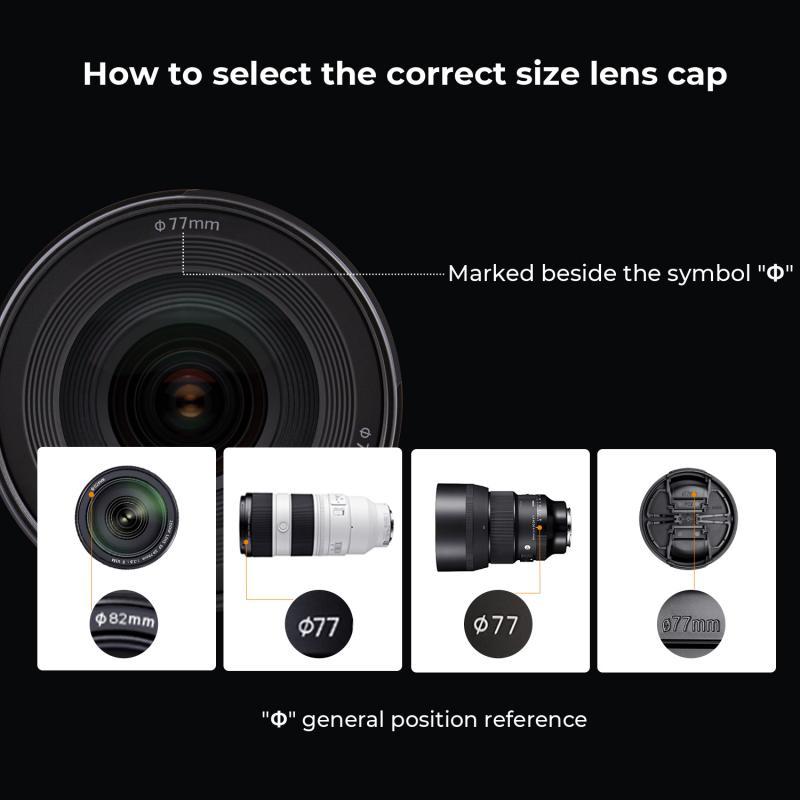









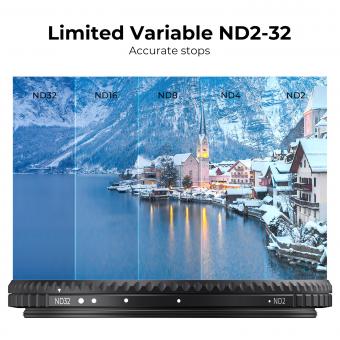

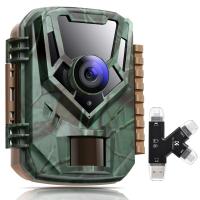





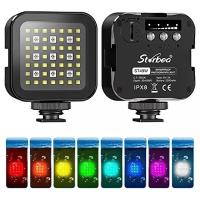
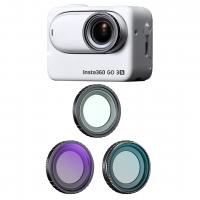

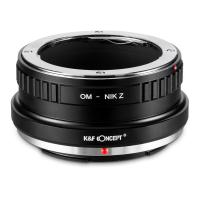



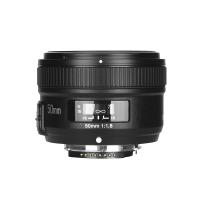

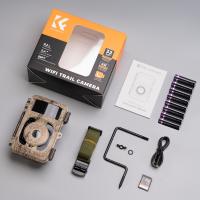

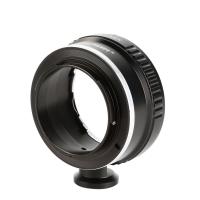
There are no comments for this blog.